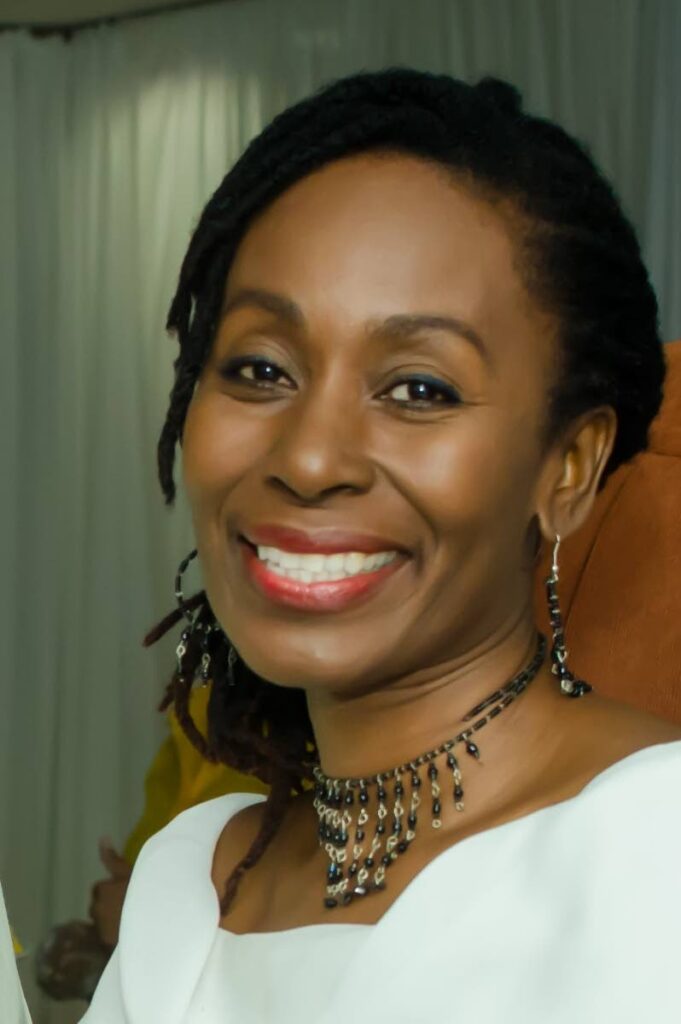Monuments for us, the people

Culture Matters
Cast in Stone and Blood
DARA E HEALY
“Our landscapes are not neutral…By their very nature, they are battlegrounds of consciousness, spaces in which we continue to see how processes of genocide, colonisation, colonialism and slavery created distortion in the ways in which we see ourselves.”
– Dr Tara Inniss, historian – UWI, Cave Hill
IN ORDER to gain access to a main exhibit at the Apartheid Museum in South Africa, it is necessary to pass through one of two doors. One sign says,
Blankes and below. in English, Whites; the other side,
Nie-Blankes: Non-Whites.
Visitors purchase a ticket which arbitrarily assigns them a race and which they must use to move deeper into the exhibit.
I imagine the mere experience of walking through one of these “assigned” doors would be disturbing, as it distorts, if even for a moment, one’s understanding of self.
Increasingly, curators of exhibits in public spaces are pushing the boundaries of how people engage with the spaces around them. Whether these exhibits are located in parks or city streets, artists are reimagining how museums, monuments and public works of art should represent our history, memory and dreams for the future. Realistically, this is much easier said than achieved.
Once a country decides to review works of art in public spaces, the questions will come. Who will serve on the review committee and how will they be appointed? Will the interests of all groups be served? If we removed street names, statues and other physical works celebrating people who tortured and ill-treated our indigenous, Indian and African ancestors, where would we put them? Should they be forever destroyed?
“The value of the monument goes beyond its physical resemblance to half the population of this country. It is a monument that speaks to our history and our culture, and it is located at an entrance to a historical community that has guarded, nourished and reproduced our African heritage.”
At the recent unveiling of a monument at the Yoruba Village in Port of Spain, Khafra Kambon, founding member of the Emancipation Support Committee, referred to the importance of public works of art. He identified this as an essential part of our decolonisation and an important phase in our emancipatory process.
This idea of moving towards complete freedom is significant for all of the communities who share this space. Arriving at a common understanding of being free is now more urgent as, around the world, ideological lines are being drawn. Choices are being made, not only for reasons of survival, but to align with those who seem to share a vision of life founded on common values.
As we in TT and the Caribbean assess our place in the emerging world order, our strength will come from within. How we treat with public spaces is an important element of such a discussion. Our growth as a nation relies on how invested in the country people feel and whether we can build on national pride as the foundation for a stronger nation.
Monuments and public works of art exist for a number of reasons. In the US, striking public art in common spaces celebrate the lives sacrificed in the Vietnam war or in the terrorist attack of September 11, 2001. Monuments in Chile remember victims of genocide, or in Barbados, freedom fighters during African enslavement. The public nature of the art allows for community grieving and healing. As Cuban artist Rosa Garmendia shares, “For me, a monument could be a place, a building, an action, a performance…There needs to be a conversation that’s rooted in the communities and in the histories that we want to commemorate. “
So the question of honouring our heroes is key. This conversation goes beyond whether statues of Columbus or colonial rulers should be in our cities. Of course, they should not be, but rather placed in a museum with information telling the full story of their legacy.
However, once we remove offensive pieces of public art, who should we replace them with?
As we look towards Emancipation Day, we will delve deeper into how public works of art may form part of a wider national discourse about freedom. And like the Apartheid Museum, we will examine how we may encourage people to think critically about our past, even though the artistic experience may be disturbing.
As we seek answers to the trauma that exists everywhere in our society, can public works of art help us to reclaim some peace? I think so.
Next time: heroes, heroines and the power of ancestral memory.
Dara E Healy is a performance artist, communications specialist and founder of the NGO, the Indigenous Creative Arts Network – ICAN


Comments
"Monuments for us, the people"